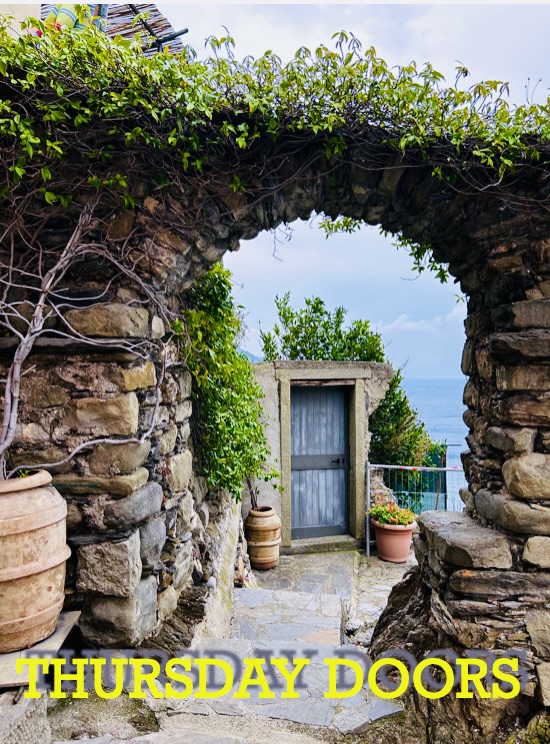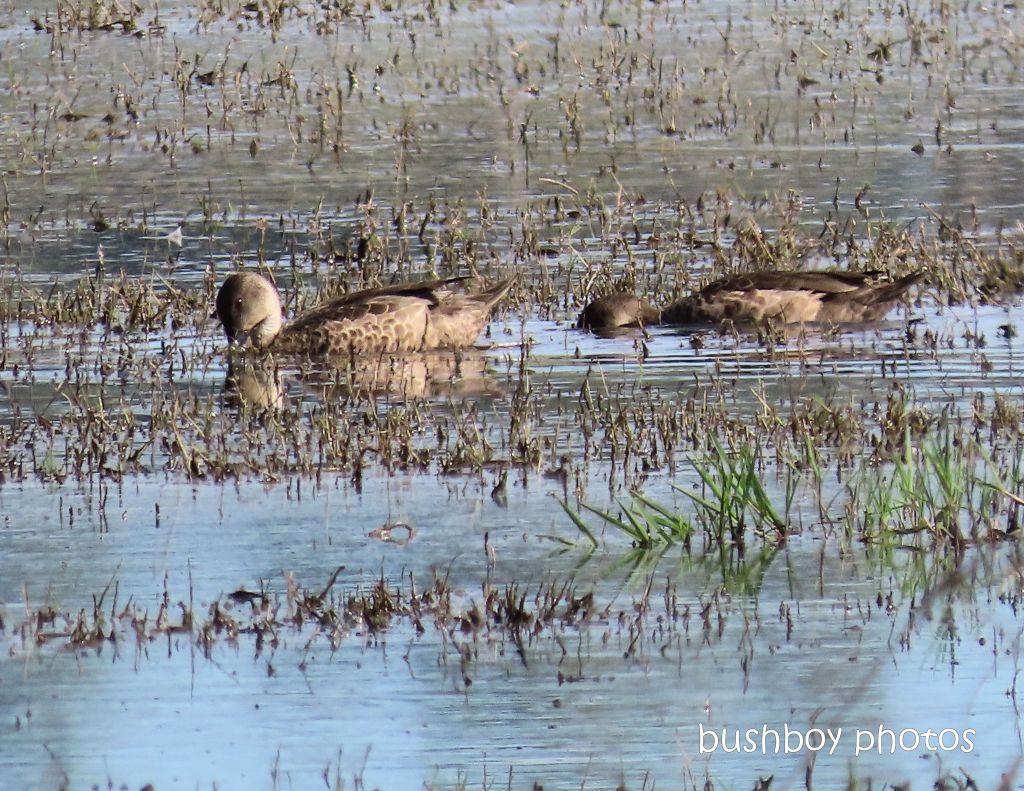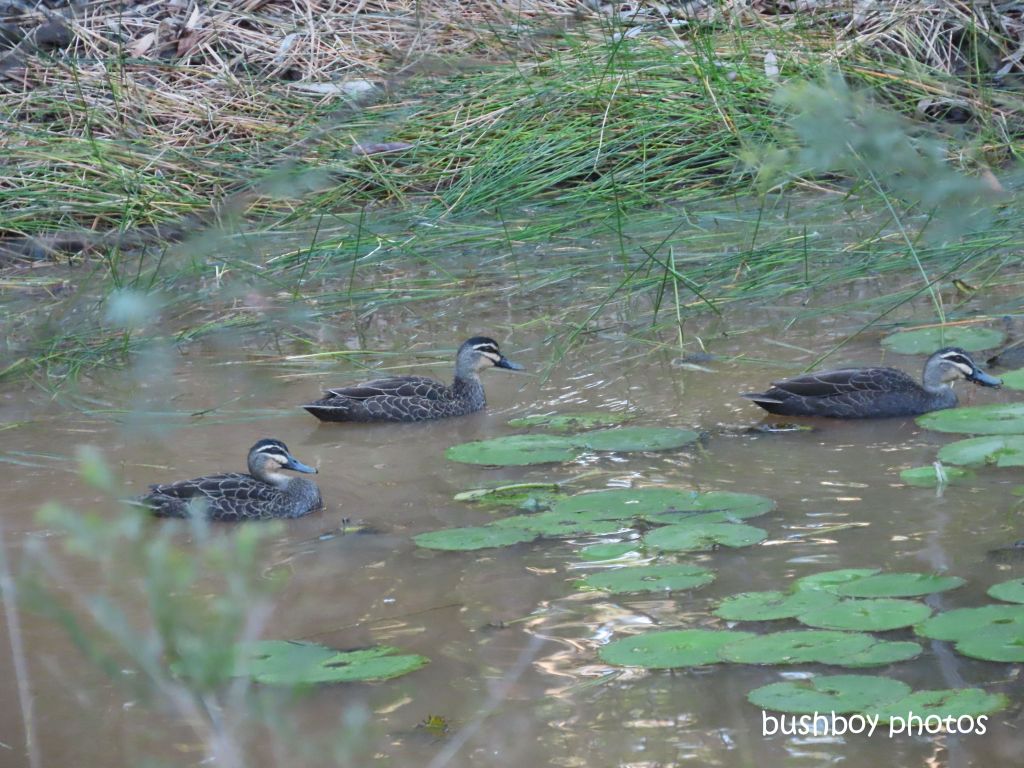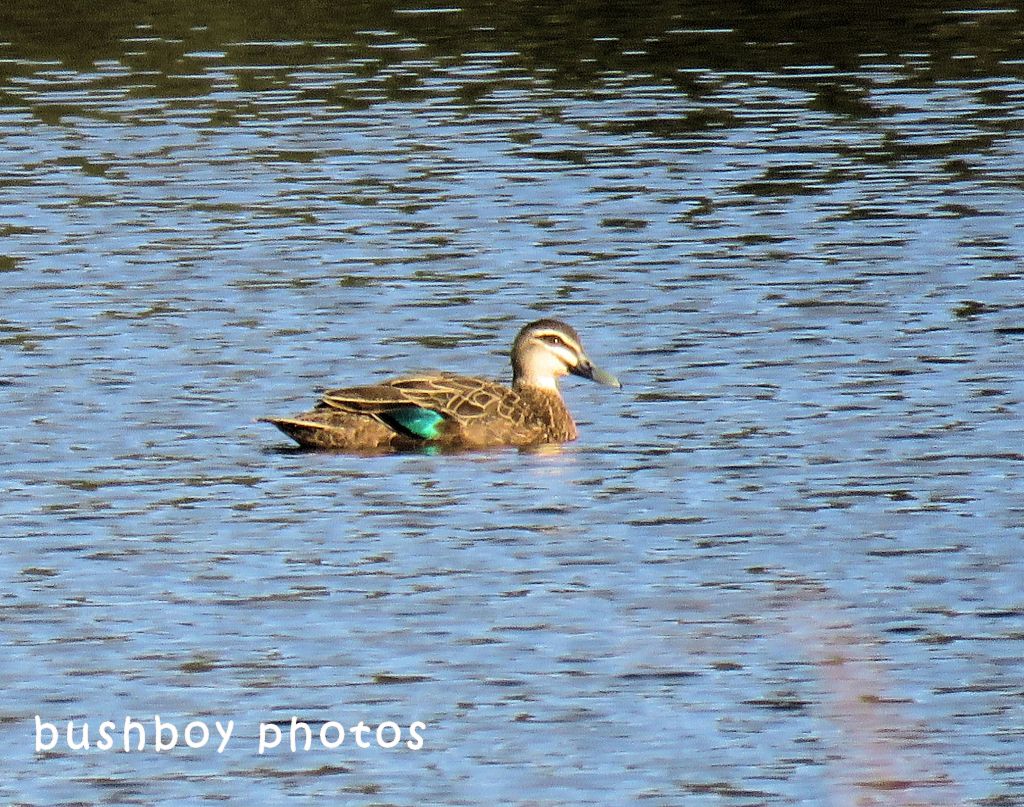Dans Thursday Doors
A recent road trip over the mountains west of my place and then head north. Most of the towns I was allowed to have a drive around and photo spot. My driver was good at doing spotting using his whatsit ion his car to find something else that could be OK or something on the road out.
One place he had never been to, a small town, Warialda, was a drive about town.
Agriculture is the industry that sustains Warialda and wider area to this day. The rich alluvial Gwydir River flats to the west and the black soil plains to the northern region produce some of the countries finest grains. Sheep, wool and cattle production add high quality and significant value to the agricultural industry.
REF: https://www.gwydir.nsw.gov.au/Visitors/History-of-our-Towns-and-Villages
First stop St Patrick’s Church. So far my St Patrick’s church count is that there is one in every town I have visited
*St Patrick’s Roman Catholic church was built in 1904

The side door with the standard door hinges of the day
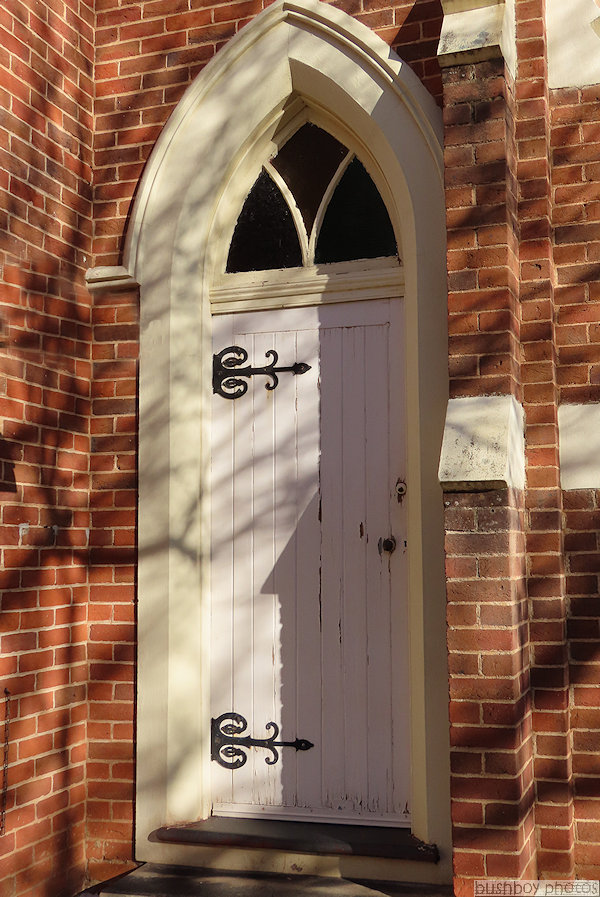
Warialda Court House
*Located on the corner of Hope and Stephen Streets, the red-brick courthouse dates from 1883 and was built by S. Senior at a cost of £2,650. Look carefully and you will notice fine attention to detail on the veranda pillars and the bricks around the three front windows.

